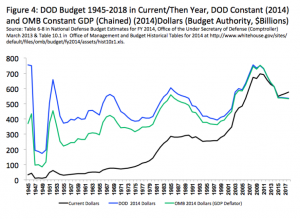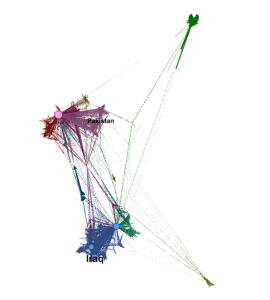
I have been mulling over your post, 2013 Robert Steele Reflections on NATO 4.0 — Key Challenges AND Solutions [Written for NATO ACT Innovation Hub].
My sense, for myself, is that we have moved into a new cognitive space in which issues of comprehensibility, credibility and deliverability become fundamental in a context in which attention time is limited.
I no longer think that rational articulations can be either comprehended or delivered — other than use of missiles, if that is to be framed as rational.
Little attention is given to the decision-making dynamics and what to do with those who disagree — other than to design them out
Also of relevance is how to design in that which others perceive as having been designed out.
I think the scope for dialogue on such matters is now very limited. It is interesting to note the messy range of comments on any proposed scheme in a newspaper article. There is no scope or suggestion to map those in any meaningful way. The assumption is that some are “wrong” and some are “right” — with each variously labeling the other. No use is made of argument mapping techniques. Why is the interesting question.
Continue reading “Anthony Judge: Can NATO Learn to Think for Itself?”







